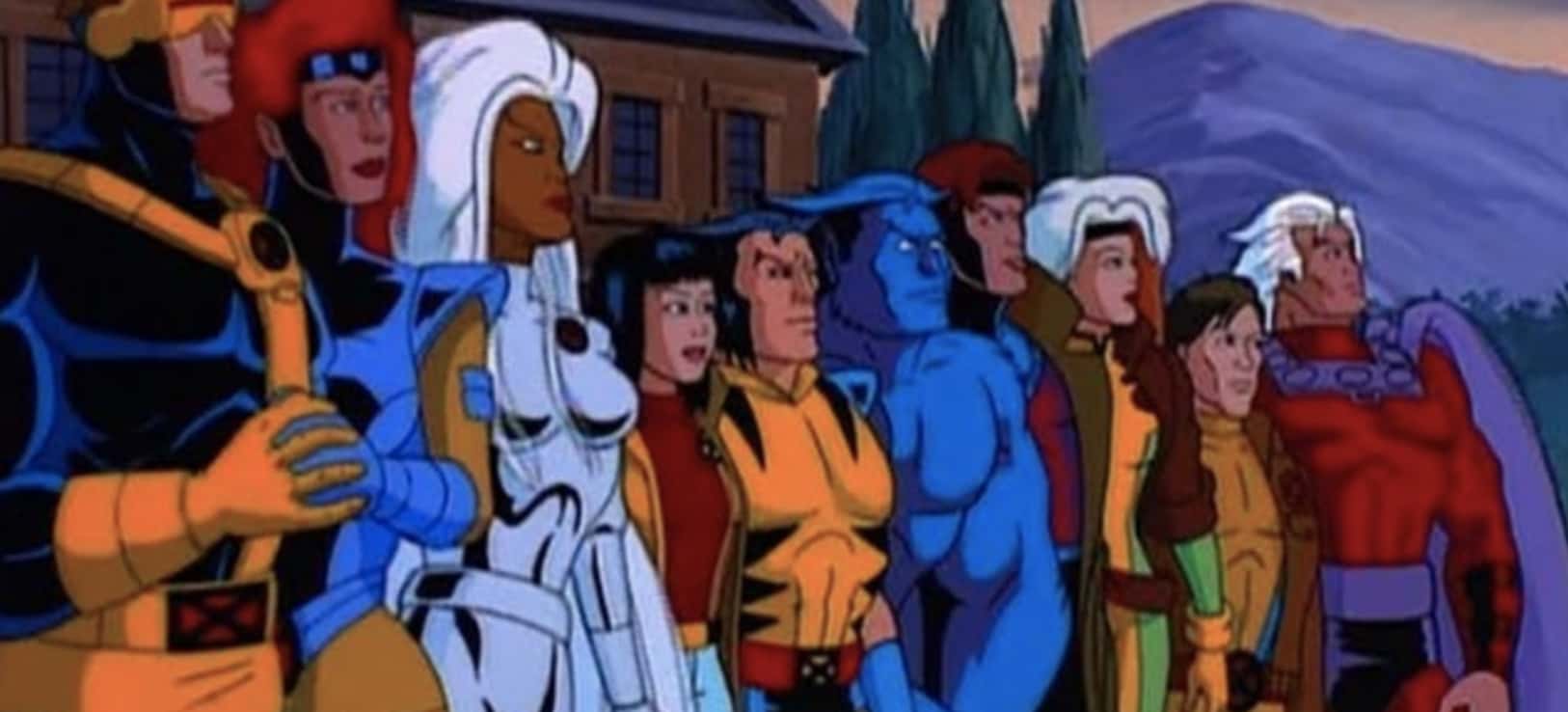We’ve seen plenty of the X-Men over the years, with multiple film franchises and spinoffs dedicated to our favorite mutant crime fighters. Those versions of the characters have ranged from pretty good (Hugh Jackman as Wolverine) to truly terrible (whatever was going on with the whole Dark Phoenix storyline), but none of them defines the characters in popular culture the way X-Men: The Animated Series did in the ’90s.
Airing from 1992-1997, the series was both a critical and popular success that bolstered America’s love for these weirdo mutants with a catchy theme song. No one else at the time was using animation to tell such intricate, tense stories. For comic kids of the ’90s, nothing else could compare, and you know what? That’s still true. Here are 13 ways X-Men: The Animated Series turned out to be peak X-Men.
All Of The Characters Got Meaningful, Well-Thought-Out Arcs
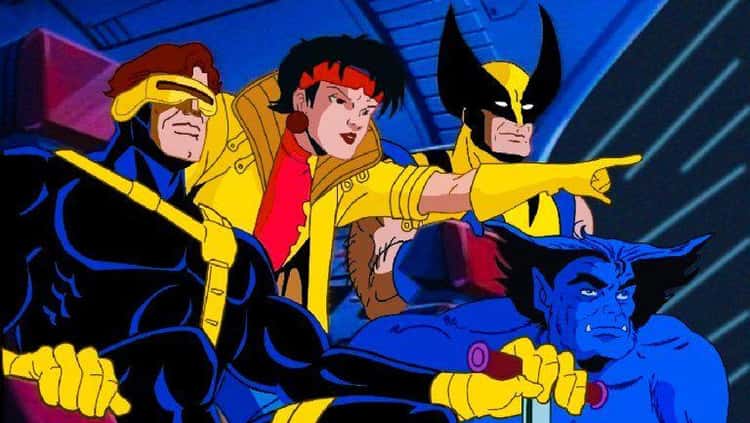
The success and longevity of the X-Men animated series is due to its interest in telling character-driven stories rather than stories that focus on pure action. There are plenty of superpowers and cool costumes on the show, but the story arcs are based around the characters, which got young viewers invested in the show.
The team may fight Mr. Sinister or Magneto once an episode, but the real battles are those that the characters have with themselves. These storylines that explore the fear and pain of characters like Wolverine, Rogue, and Jubilee hark back to the Marvel comics stories from the ’60s and ’70s, an era when Stan Lee and Jack Kirby were breaking the format of comic books in order to tell personal narratives.
Those Story Arcs Were Well Adapted From Only The Best Comics
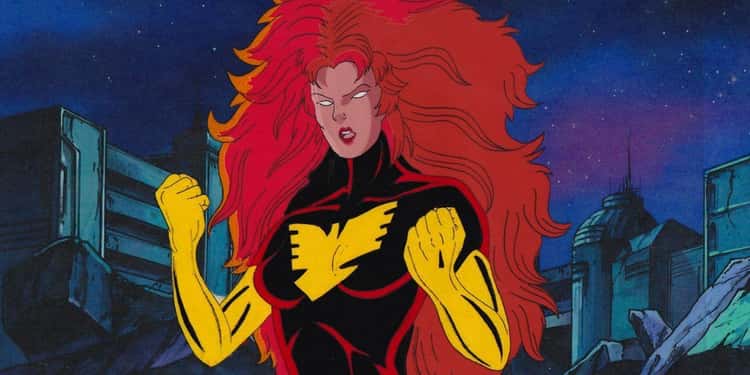
Rather than ignore the comic book and try to create their own mythos, the creators of the animated series looked to some of the most beloved storylines from the comics and faithfully adapted them while finding time to create their own story arcs.
The most iconic storylines that made their way from the comics are “The Dark Phoenix Saga” and “Days of Future Past,” but the creators also adapted lesser-known storylines like “Shiva Scenario” and “Madripoor Knights.” In the case of “The Dark Phoenix Saga” and “Days of Future Past,” the animated series did a good job adapting these stories for the screen – perhaps an even better job than the film adaptations of the 2010s.
The Show Pretty Much Defined What We Think Of As The Classic Lineup Of The Team
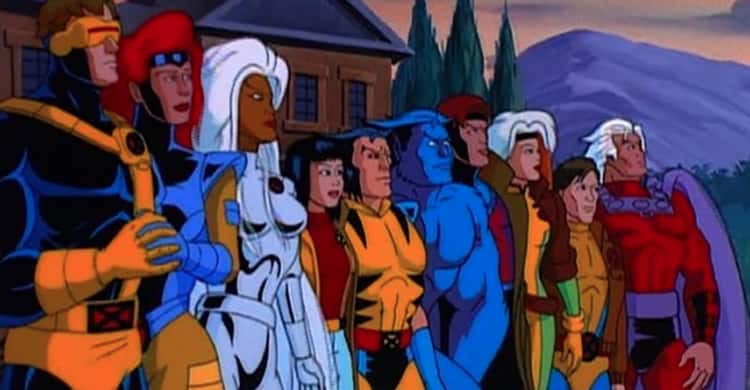
Even if you’re not a constant reader of X-Men, you know that there have been a lot of mutants who’ve passed though Xavier’s School for Gifted Youngsters. The animated series combined characters from the comic’s first two and a half decades to build what’s now considered the classic lineup of the group.
Led by Professor X, the roster on the animated series is a mixed bag of characters who each have their own strengths: Cyclops, Wolverine, Jean Grey, Storm, Gambit, Rogue, Jubilee, Beast, Morph, and Colossus.
Before the animated series, this particular group didn’t share much space toghether, but thanks to the popularity of the show, they have become the team that most millennials think of as THEIR X-Men.
It Was Children’s Content That Was Still Smart And Engaging
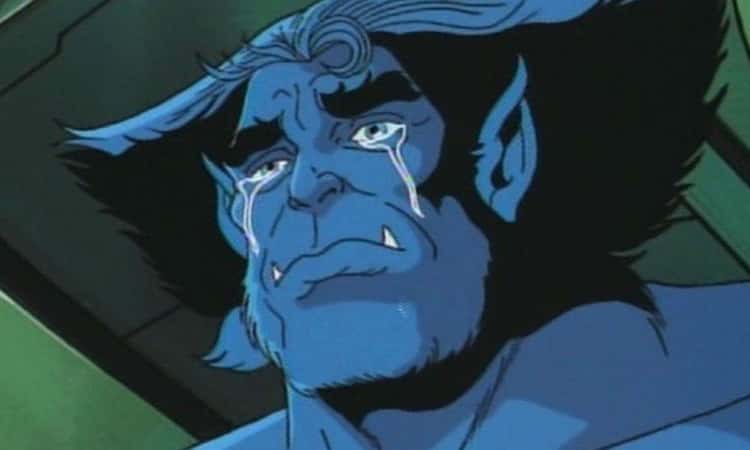
From the first episode of X-Men: The Animated Series, it’s clear that this isn’t just an average children’s cartoon. Everyone who worked on the show, from series creator Eric Lewald down to the voice talent and animators, wanted to make a show for children that didn’t talk down to them. They wanted to make a show that everyone could enjoy.
Many of the episodes deal with real issues like racial prejudice and existing as the “other” in society, using the X-Men as a metaphor for everything from sexual orientation to skin color to people who don’t conform to the values of regular society. On top of that, many of the storylines are serialized, something that the creators knew would set them apart from the more childish shows on television.
This search for realism extended to the voice talent of the show; the creators wanted to use actors who didn’t sound too cartoonish or childish. Alyson Court, who voiced Jubilee, explained:
Originally, they cast someone else as Jubilee… The actress they cast was a real pro, but she had a sweeter, cuter voice that wasn’t really representative of the more serious world they were trying to portray.
The Creator Of The Show Fought Constantly To Maintain The Quality
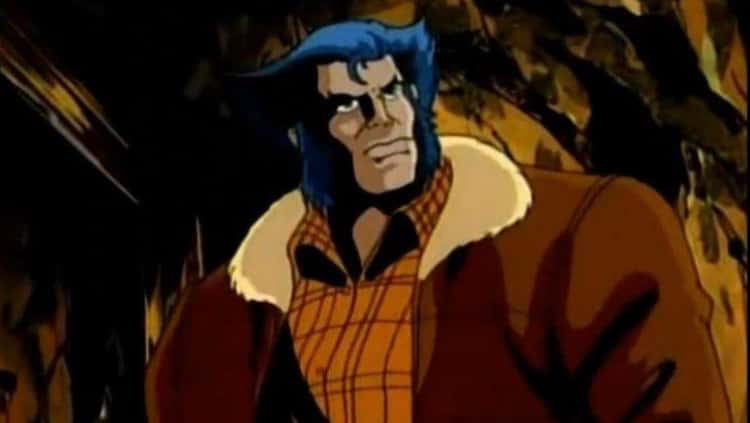
Series creator and showrunner Eric Lewald was dedicated to ensuring the integrity of X-Men by fighting back against Marvel whenever it wanted him to make a change to the show that he felt would lessen its seriousness. He spoke to The Hollywood Reporter about risking his job to keep the show as serious as possible. According to Lewald, Marvel had a lot of ideas that were aimed at making the show more accessible to children, something that he thought was unnecessary:
There was incredible pressure to change it around and make it younger, sillier, or give them a pet dog. To dumb it down or make it younger. Luckily, everybody on the creative side banded together and had, “No, you’ll have to fire me” moments. [Marvel would say], “Put toys in or give Wolverine some Wolverine curtains.” “No we’re not going to do that.” If you were a 30-something serious defender of right and justice in your world, would you be wearing pajamas of yourself or would you be calling yourself on your Wolverine phone? No, you wouldn’t. He’s a serious guy. This is not a toy show. Sorry. “You’ll have to fire me to change it.”
The Show Built Out The Larger Marvel Universe Way Before The MCU Got Around To It
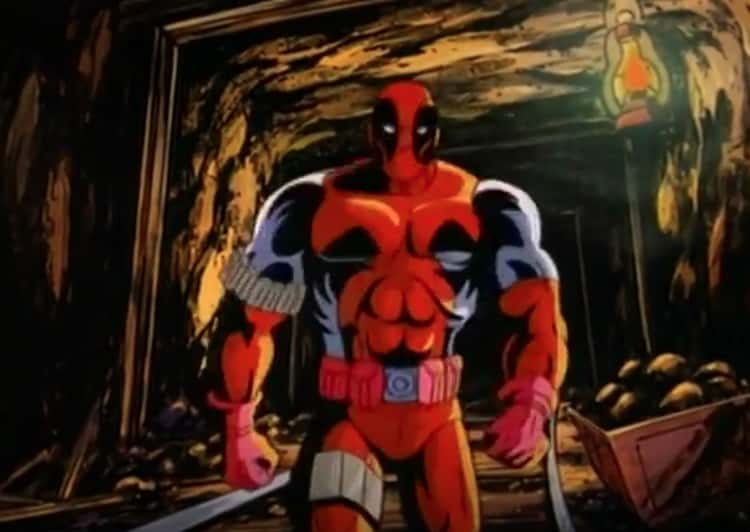
One of the most prescient things about the animated series is the way that it filled out the universe of the show with Marvel Comics characters. It’s normal to see Marvel characters hanging out onscreen together today, but at the time, it was shocking to see Captain America, Deadpool, and the X-Men onscreen together.
The series didn’t just feature the big Marvel Comics characters, it also made use of some of the lesser-known villains and concepts like the Savage Land and the Star Jammers. According to artist Larry Houston, building out the world of the X-Men for viewers was extremely important to him:
Some of my favorite Easter eggs [in the show] were the unexpected ones that I added for the fans, like Doctor Strange, Deadpool, the Black Panther, all of whom are now superstars in their own feature films. I never added cameos if it distracted from the main story. The powers that be did stop me from adding a Spider-Man cameo though, so I had to sneak him into another episode, but it was just an arm, shooting webbing to save someone off-camera from falling debris. I never asked for official permission again and I never stopped adding cameos.
Anyone Could Die And The Stories Had Real Stakes
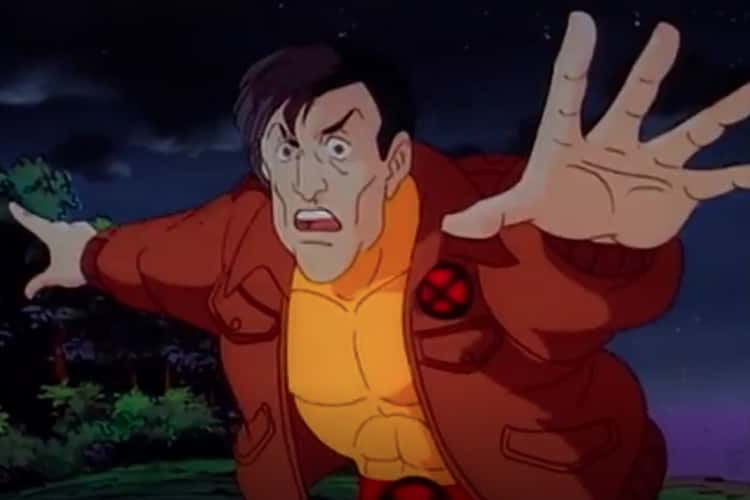
When X-Men premiered on October 31, 1992, with the two-part preview “Night of the Sentinels,” the audience was introduced to Morph, a changeling with a whip-smart sense of humor who appealed directly to young people. Morph wasn’t just in the premiere to have a new character – the series creators wanted the dangers of the series to feel real.
Viewers tuning into the series were shocked when Morph perished onscreen saving his fellow X-Men. It was a stark reminder of mortality, and it made audiences think anyone could go at any time.
Morph returned to the show in Season 2 after he was brought back to life by Mr. Sinister. After starting as a plot device, Morph became one of the most intriguing villains on the show.
Has There Ever Been A Better Theme Song?
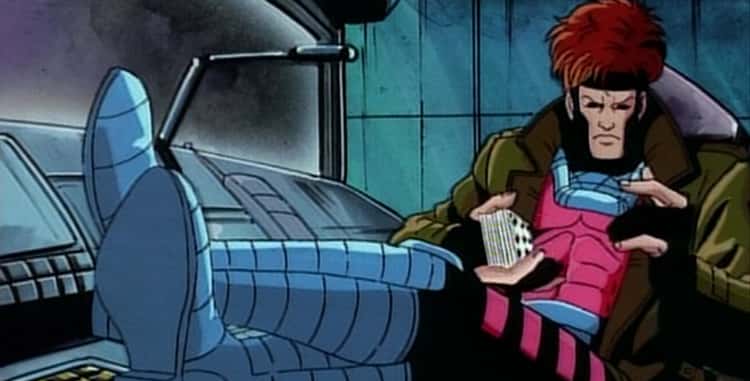
If you grew up in the ’90s, you’re definitely humming this theme song that rocks harder than any cartoon theme song has the right to rock. Written and recorded by Ron Wasserman, the same guy who created the theme song for Mighty Morphin Power Rangers, this song is pulsating, energetic, and it’s one of the most memorable animated themes of the ’90s.
While speaking with Marvel, Wasserman said that the process was a blur, but that he’s pretty sure he wrote the song to a pre-edited title sequence:
Now, it’s been a long time and I could be completely wrong and maybe the theme was written first. But the process was, I think, just watching the cuts and coming up with that tempo so I have a basic clip track, and then start writing the theme from there that just moved with their cuts and with the excitement that I was seeing. It feels like that was always scored to picture. I think I scored it to picture as opposed to the editor editing it to the music. I can’t quite remember.
The Series Led Directly To The ‘Power Rangers’ Show Existing
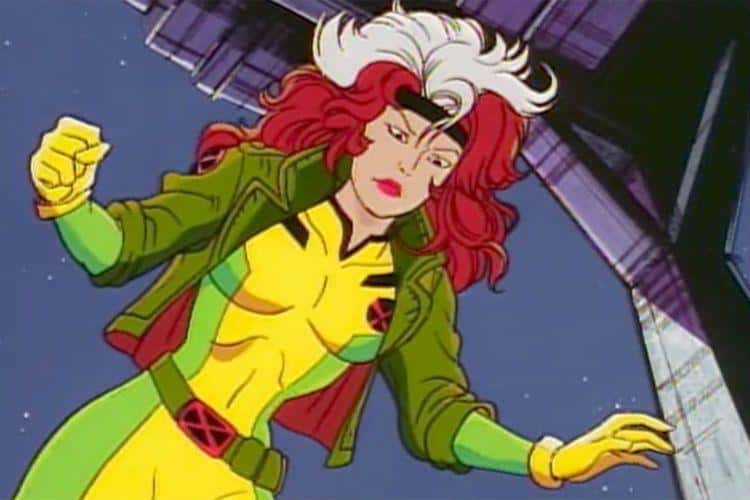
With X-Men: The Animated Series, Haim Saban, the founder of Saban Entertainment, proved he could deliver a show on time and under budget while working with multiple producers. He’s certain that the success of the series was why he could pitch Mighty Morphin Power Rangers without fear of failure. He told The Hollywood Reporter:
After I was able to deliver the network this hit series, my relationship with the president of Fox Children’s Network, Margaret Loesch, was very good. I basically had an open door to pitch Margaret any projects in our development pipeline. One project that I was eager to pitch her was the Power Rangers. I had seen the Power Rangers on TV in Japan back in 1984 and tried to sell it in the USA for nearly 10 years. There were just no takers. So I thought that Margaret might be the right executive with the right eye to take a gamble on this project. I presented her with a very rough pilot and she replied: “hmm, this could be interesting.” She eventually committed to putting it on air even though her bosses, (including Rupert Murdoch), all told her that she was playing with her career and that she should just cancel the series before it even premiered.
The Show Brought Long-Form Storytelling To Children’s Animation
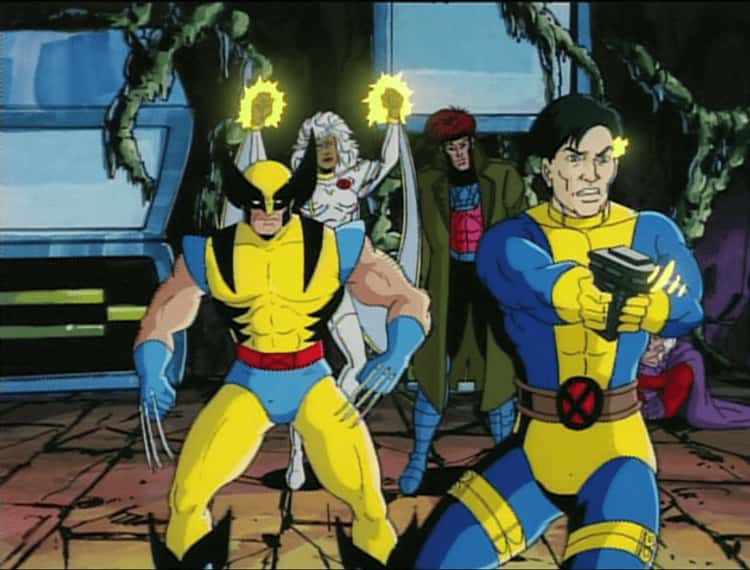
The writers of X-Men: The Animated Series eschewed the beliefs of animation creators at the time and wrote serialized stories that needed to be watched in order. In the early ’90s, most animated shows rarely told a long-form story; X-Men thumbed its nose at that formula in the two-part series premiere that begins a four-episode arc.
This storytelling style may have been odd on television at the time, but it’s how story arcs are done in comic books. In comic books, a story arc can unfurl over multiple issues and can take months, or even an entire year to reach a culmination. Adopting this style rather than that of conventional television storytelling allowed Lewald to craft a story that digs into its characters and their individual motivations without rushing to a conclusion.
The Characters Are Locked In The ’90s, And That’s Great
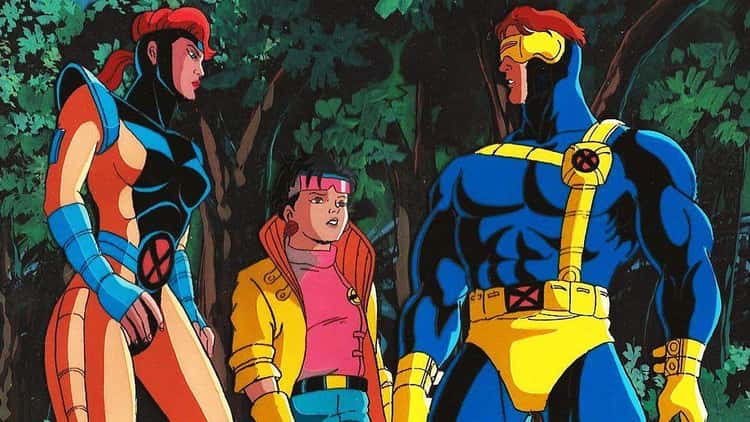
The reason millennials remember the characters from X-Men so fondly is that their aesthetic is firmly planted in the ’90s. As over-the-top as some of their costumes are, they don’t reference anything that came before, making the series specific to one time period.
Without being reverential to the past, the series is something that everyone who grew up with the show can call their own. The series uses characters from the comics that have rich and sometimes confusing backgrounds, but the creators were able to streamline those storylines to make them work in 21-minute episodes without feeling like anything is missing.
The Show Inspired The Character Designs For Every Version Moving Forward
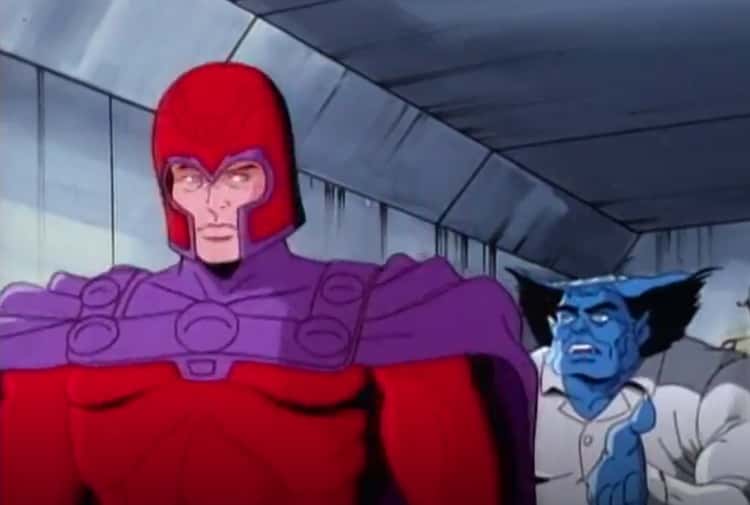
With X-Men: The Animated Series, a canon was created for fans of the series. Wolverine is the gruff yet protective father figure, Professor X has a cool floating chair, and Magneto’s outfit will always be the red and purple costume that we all know. Many of the character notes that were created for the series were carried over to the films.
The consistent visual and narrative style laid out in the comics runs through the films even if the colorful costumes of the characters are absent. Whenever a new X-Men is released, it’s more likely that it’s adapting the cartoon and not the comic, or at the very least it’s combining elements from the two sources.
It Cannot Be Denied: The Toys Were Awesome
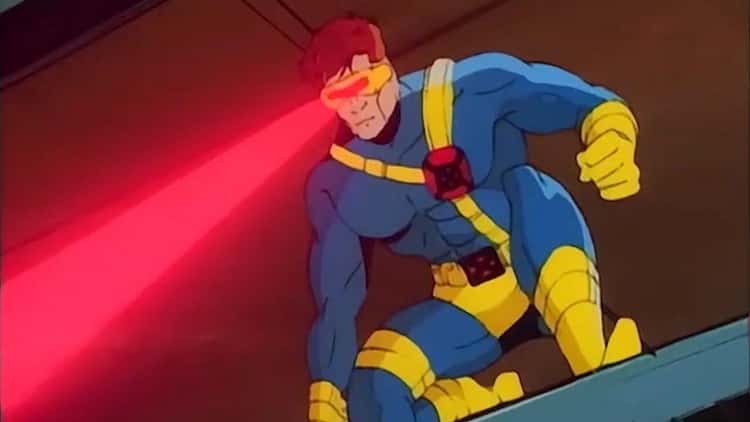
Eric Lewald wasn’t interested in making a series that was toyetic, but the action figures developed from the series were really cool nonetheless. Even if some of the figures were a little over the top – like Wolverine with a video projector in his chest – they helped cement this series in the minds of people who grew up with the show.
Obviously, you don’t need to own the action figures to enjoy the show, but the toys helped young people take the show with them wherever they went. They allowed the audience to create their own stories and have fun with the characters that they loved.

